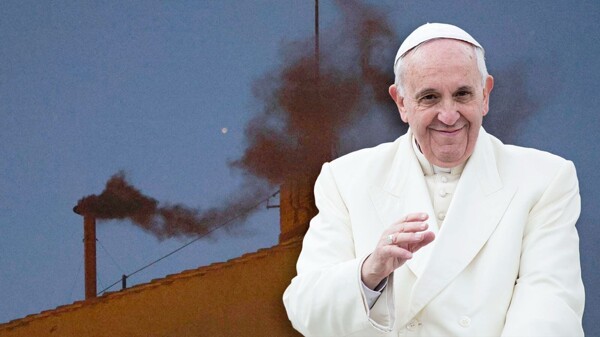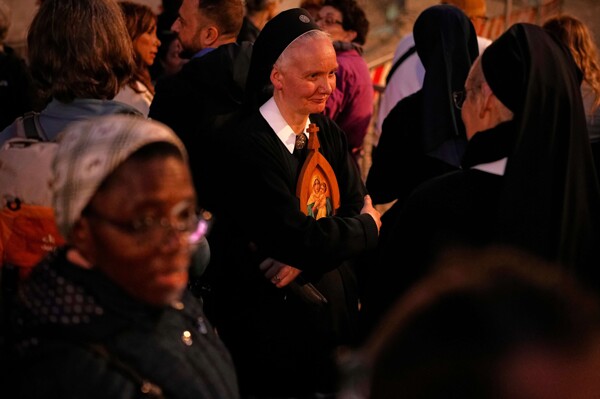
Seagulls have become a real problem for residents of Rome, despite their iconic presence during the conclave taking place in the Sistine Chapel. These seabirds have flown from the coast to the Italian capital, where they now dominate the aerial wildlife.
During the conclave, these seagulls perch near the chimney, which will announce with the color of its smoke whether the 133 cardinals have reached an agreement to elect a new pope. Meanwhile, thousands of people closely watch the chimney, either from St. Peter's Square in the Vatican or through live broadcasts from around the world.
The presence of seagulls has become a symbol of the conclave, featuring in memes on social media. However, for the neighbors of Rome, these birds are bothersome as they have multiplied in recent years, reaching up to 40,000 individuals.
Seagulls not only perch on historic monuments of the Eternal City, but they also feed on food scraps in the streets and attack other species like rats or pigeons. Their proliferation has led to an increase in attacks, prompting the Rome City Council to allocate 4 million euros until 2026 to control the seagull population.
Before their breeding period, residents of Rome are advised to close balconies and terraces with nets to prevent seagulls from nesting in them. According to the League for the Protection of Birds (Lipu), when a seagull nests in a location, it feels territorial and threatens to attack those who approach.
The problem worsens in April when the egg-hatching period begins. A seagull with its chick has even been observed in the Sistine Chapel before the first black 'smoke signal' indicating whether a new pope has been elected.













